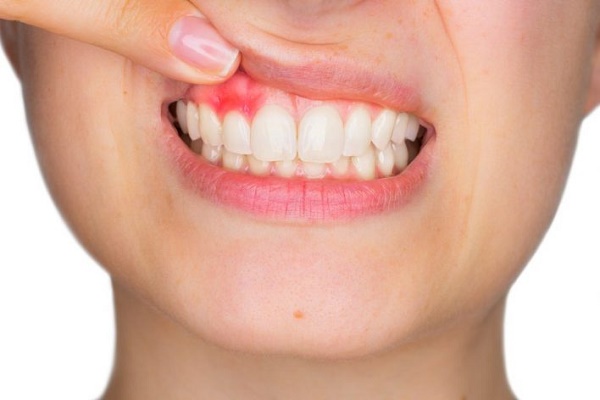
Gingivo Plasty
What is a gingivoplasty?
Gingivoplasty is a procedure to reshape the gums’ appearance. Some doctors may call this procedure “gum recontouring.” Having too-long gums on the front teeth can create a “gummy smile.” Minor gummy smiles can be fixed with gingivoplasty.
Gingivoplasty could be accompanied with bone recontouring, which is also referred as crown lengthening.
Keep reading to find out more about gingivoplasty and if it’s right for you.
How much does a gingivoplasty cost?
A dental surgical specialist called a periodontist usually performs a gingivoplasty. Sometimes, a cosmetic dentist may offer the procedure.
Some of the factors that may affect how much the procedure costs you include:
- location in the mouth
- number of teeth the periodontist is addressing
- surgical expertise
How does a gingivoplasty work?
During a gingivoplasty, a periodontist uses a tool to cut or reshape a portion of the gums. This includes a scalpel, laser, or electrocautery. One of the advantages to using a laser for treatment over a scalpel or other cutting tool is that the laser is able to kill bacteria present on the teeth and mouth.
Sometimes, doctors perform a gingivoplasty after a gingivectomy, which is a procedure used to remove and replace damaged gum tissue. Other times, they perform it purely as a cosmetic procedure.
Procedure for gingivoplasty
A gingivoplasty is an outpatient procedure periodontists perform in their office. While the techniques and tools may vary slightly based on your goals, the following is a general outline for gingivoplasty:
- Your teeth will be thoroughly cleaned to remove any remaining plaque.
- Your periodontist uses a local anesthetic to numb the gums.
- A periodontist will remove gum tissue to shape it as needed over your teeth.
- Your periodontist will place a dressing over the gum tissue.
To treat patients with minor gummy smile, some doctors may use a gingivoplasty in combination with botulinum toxin type A (Botox, Dysport) injections. These injections are usually administered to the side of each nostril. Botox will limit the movement of muscles that pull up the lip. The effect helps to lower the upper lip when smiling, which can make the smile appear less “gummy.” This is especially more effective when the origin of a gummy smile stems from a hyper-mobile upper lip that moves significantly high when one smiles.
Targeted areas for treatment
The gums are the treatment target for gingivoplasty. The purpose may be cosmetic, such as when a person has a “gummy” smile.
A person may also undergo a gingivoplasty after they’ve undergone a gingivectomy with gum tissue grafting. This procedure is when a periodontist removes diseased or damaged gum tissue and grafts new, healthy tissue onto where the previous tissue was.
A gingivoplasty can help to reshape the grafted tissue for a more cosmetically pleasing appearance.
Gingivoplasty could be done in combination with orthodontic treatment to create a better smile. For adult patients, complex orthodontic treatment requires a combination of procedures done by periodontists, prosthodontists, and general dentists.
